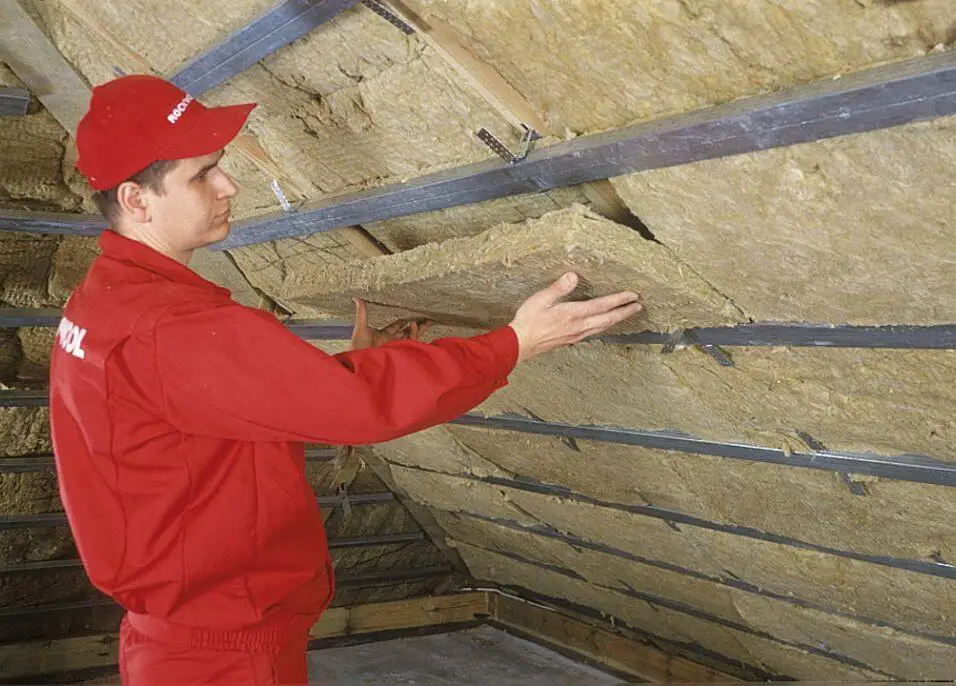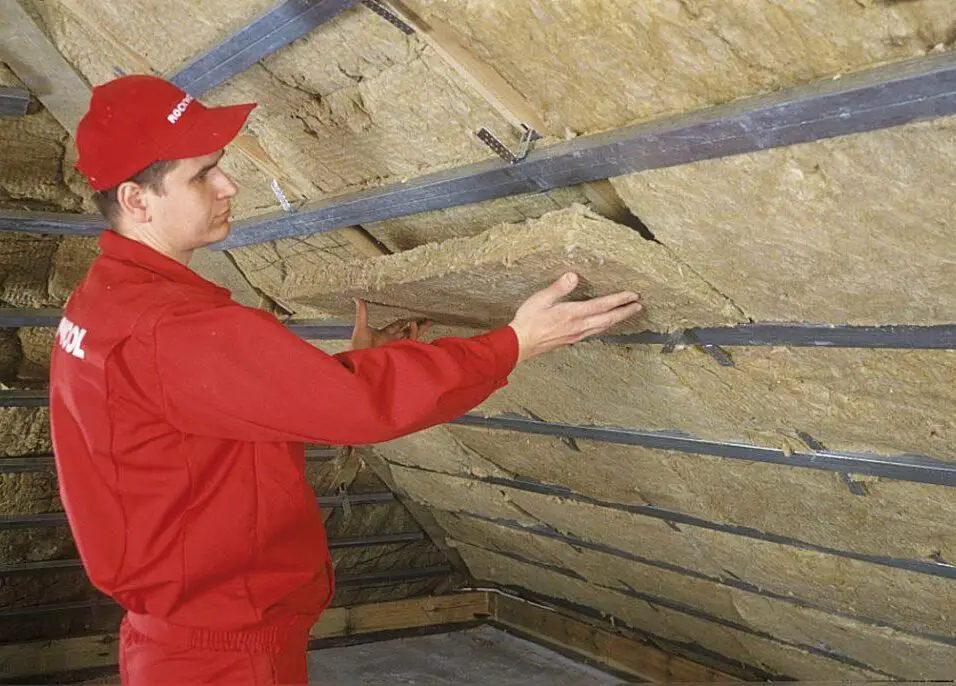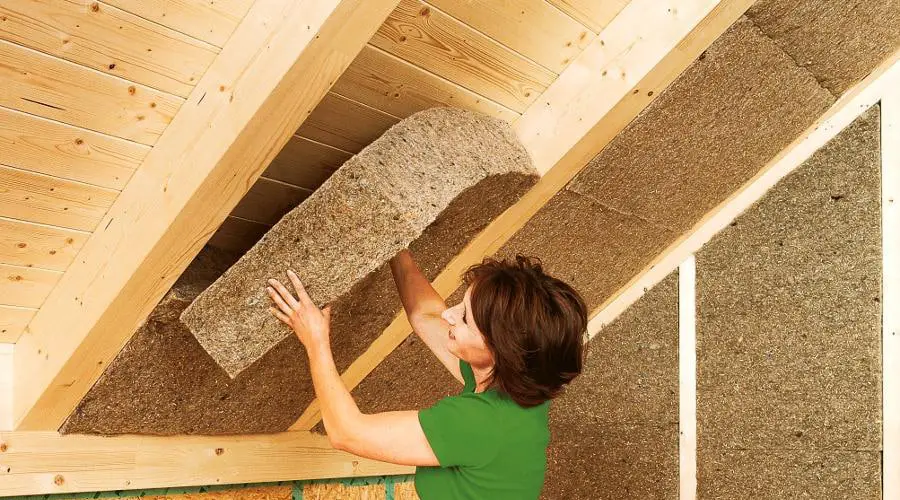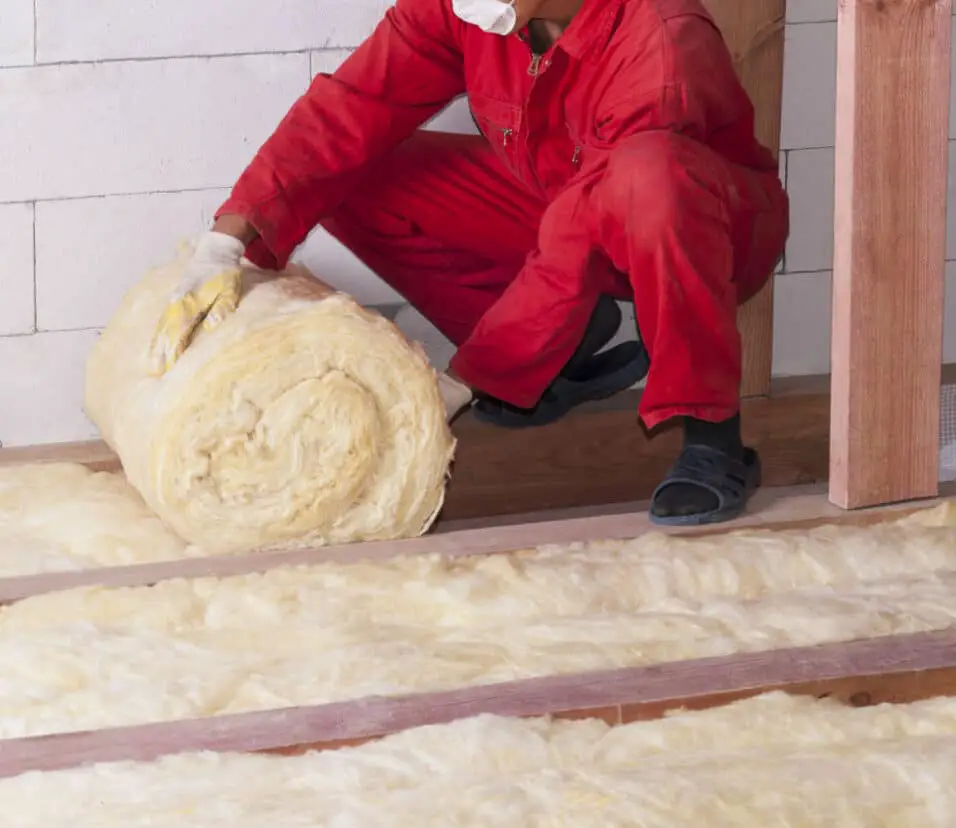How To Cut 2 Inch Foam Insulation Board
Introduction
How To Cut 2 Inch Foam Insulation Board: These boards are designed to provide optimal thermal protection and are relatively easy to handle and cut. In this guide, we will walk you through the essential steps and techniques required to effectively cut 2-inch foam insulation boards. Cutting foam insulation boards may seem daunting at first, but with the right tools and methods, you can achieve precise and clean cuts. Properly cut insulation boards not only ensure a snug fit but also contribute to the overall insulation performance of your project.
Before you begin, gather the necessary tools: a utility knife, a straightedge or ruler, a marker or pen, and a flat, stable surface to work on. Safety is paramount, so ensure you are in a well-ventilated area, preferably outdoors, or use a dust mask if working indoors to minimize the inhalation of fine foam particles.
The “score and snap” method and the “straight cut” method, each offering its own advantages based on your preferences and the intricacy of your project. With step-by-step instructions and practical tips, you’ll be equipped to confidently tackle your foam board insulation cutting task and move forward with your home improvement project. So, let’s dive in and master the art of cutting 2-inch foam insulation boards for a more comfortable and energy-efficient living space.
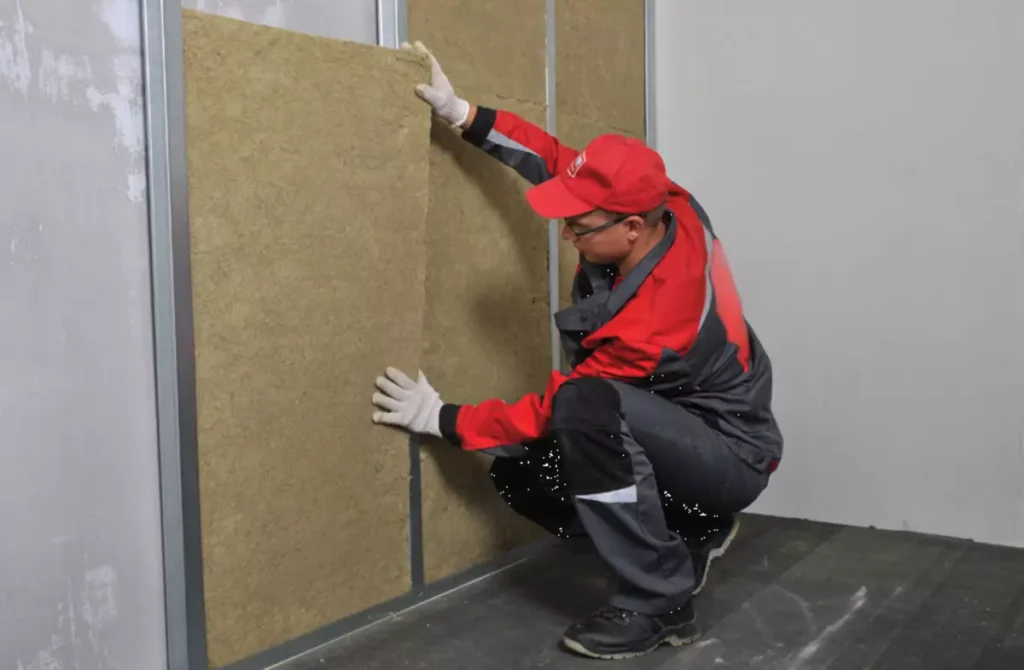
What is the best tool to cut foam board?
Hot wire foam cutters cut rigid polystyrene foams like Styrofoam, white beaded EPS, and XPS foams (blue and pink board) fastest, cleanest, and easiest. Hot wire tools melt Styrofoam and create a clean cut.
Utility knives, often known as craft knives or X-acto knives, are perfect for foam board cutting. Its sharp, changeable blade and precision make it excellent for cutting foam insulation boards cleanly. A utility knife’s thin, sharp blade slides through foam, preventing jagged edges and ensuring a professional finish.
Choose a utility knife with a retractable blade for storage and handling safety. The knife’s ergonomic handle and control make complicated cuts easy. Because certain utility knives have adjustable blade lengths, you can alter cut depth to match foam board thickness.
For optimal cutting, use a fresh, sharp blade. Dull blades rip and cut poorly, reducing insulation board efficacy. Replace blades regularly to ensure quality cuts and extend utility knife life. For its versatility, precision, and convenience of use, the utility knife is the finest instrument for cutting foam insulation boards, enabling you obtain professional-level results in DIY insulation projects.
What saw blade is best for foam board?
For firmer foams that still require a smooth finish 18T-24T V-Tooth blades are a good starting point. If the material still requires a more aggressive blade, try using an 11T-14T Flat-Tooth blade.
When it comes to cutting foam board, a fine-toothed saw blade, such as a utility knife blade, is the best choice. Fine-toothed blades are designed to make clean and precise cuts in delicate materials like foam board. The closely spaced teeth on the blade reduce the likelihood of tearing or creating jagged edges, resulting in a smooth and professional finish.
For foam board, a jigsaw with a fine-toothed blade is a popular option. Jigsaws are versatile and allow for curved cuts, making them suitable for more intricate projects. Look for a jigsaw blade specifically designed for cutting plastics or soft materials.
Circular saws can also be used with the appropriate blade. Opt for a circular saw blade with a high tooth count and carbide tips. These blades are designed to reduce chipping and tearing while providing cleaner cuts in foam board.
It’s crucial to prioritize safety when using any saw. Wear safety goggles, a dust mask, and work in a well-ventilated area. Before making a purchase, check the manufacturer’s recommendations for blade types and consult your local hardware store for guidance. In conclusion, a fine-toothed blade, whether on a jigsaw or circular saw, is the best option for achieving precise and smooth cuts in foam board, ensuring successful DIY insulation projects.
Are foam boards easy to cut?
If you need to cut foam for your latest project, you’ve got several easy options. To make just a few, simple cuts, you can cut the foam manually. Take scissors, a simple blade, cookie cutters, or even dental floss and cut through your foam. To make larger cuts, use electric tools.
Yes, foam boards are generally easy to cut, making them a popular choice for various DIY projects. Their lightweight and relatively soft nature allow for effortless cutting using a variety of tools. The most common tool used to cut foam boards is a utility knife with a sharp blade. This tool allows for precise scoring and snapping, resulting in clean and accurate cuts.
Foam boards can also be easily cut using other tools such as jigsaws or circular saws with the appropriate blades. These tools are particularly useful for more complex cuts or when dealing with larger quantities of foam board.
However, while foam boards are easy to cut, it’s essential to exercise caution and prioritize safety. Always wear appropriate safety gear, work in a well-ventilated area to minimize exposure to foam particles, and follow proper cutting techniques to achieve the best results.
Due to their lightweight and soft composition, foam boards are indeed easy to cut using a variety of tools, making them a versatile option for DIY enthusiasts and professionals alike.
Is it safe to cut foam board insulation?
Unlike some insulating materials, rigid insulation foam is simple to cut. All you need is either a utility knife or an electric saw to make clean cuts. As long as you cut the foam carefully and with the right tools, any amateur home repairman can make a precise incision in rigid insulation foam.
Yes, cutting foam board insulation can be safe if proper precautions are taken. While foam board is generally considered safe to handle, cutting it can release fine particles into the air that may pose respiratory irritation risks if inhaled. To ensure safety:
Wear Protective Gear: Always wear safety goggles and a dust mask to protect your eyes and respiratory system from airborne particles.
Choose a Well-Ventilated Area: Cut foam board insulation in a well-ventilated space, preferably outdoors. If working indoors, use fans or open windows to minimize the concentration of airborne particles.
Use the Right Tools: Opt for sharp utility knives or saws with fine-toothed blades designed for cutting foam. Sharp tools reduce the risk of splintering or tearing, enhancing safety.
Minimize Dust: Minimize dust generation by using controlled cutting methods like scoring and snapping or using a vacuum attachment with the saw.
Clean Up Properly: After cutting, carefully clean up any leftover debris. A damp cloth or vacuum cleaner can be used to collect particles.
By following these precautions, you can significantly mitigate potential health risks associated with cutting foam board insulation, ensuring both your safety and the success of your insulation project.
Could you explain the “score and snap” method for cutting foam insulation boards?
The “score and snap” method is a simple and effective technique used to cut foam insulation boards cleanly and accurately. This method is particularly useful for foam boards that are not excessively thick, such as 2-inch insulation boards.
To perform the “score and snap” method:
Measure and Mark: Start by measuring and marking the desired cutting line on the foam insulation board. Use a straightedge or ruler to ensure the line is straight and accurate.
Score the Board: Using a sharp utility knife, hold it at a slight angle and carefully score along the marked line. Apply moderate pressure to create a shallow groove in the foam board. It’s important not to cut all the way through the foam at this stage.
Snap the Board: After scoring the board, gently bend it along the scored line. The foam will naturally snap along the groove, resulting in a clean and straight cut. Press down evenly on both sides of the scored line to encourage the snap.
Fine-Tune the Cut: If necessary, you can use the utility knife to make a slight, careful cut along the snapped edge to ensure a perfectly straight and clean finish.
The “score and snap” method takes advantage of the foam’s structure, allowing it to break along the scored line cleanly and without creating messy edges. This method is quick, requires minimal equipment, and produces accurate results, making it a popular choice for cutting foam insulation boards during various DIY projects. Remember to follow safety precautions and work in a well-ventilated area when using this method.
What safety precautions should be taken before starting to cut a 2-inch foam insulation board?
Before you start cutting a 2-inch foam insulation board, it’s crucial to prioritize safety to prevent potential health risks and ensure a smooth and secure cutting process. Here are the key safety precautions you should take:
Personal Protective Equipment (PPE): Wear safety goggles to protect your eyes from any flying debris or particles. Additionally, use a dust mask to minimize the inhalation of fine foam particles that may be released during cutting.
Well-Ventilated Area: Perform the cutting process in a well-ventilated space, preferably outdoors. Adequate ventilation helps disperse any airborne particles and reduces the concentration of potentially harmful substances in the air.
Proper Lighting: Ensure you have proper lighting in your workspace. Clear visibility will prevent accidents and help you make accurate cuts.
solid Work Surface: Avoid mishaps and uneven cuts by setting up a solid, flat work surface.
Sharp Tools: Use a utility knife with a fresh blade or a foam insulation saw with the right blade. Sharp tools reduce slippage and create smoother cuts.
Clamp or vice the foam board to prevent movement while cutting with a saw.
Follow these safety precautions when dealing with 2-inch foam insulation boards to protect yourself and others.
How can you ensure precise measurements and accurate cuts when working with foam insulation boards?
To ensure precise measurements and accurate cuts when working with foam insulation boards, you can follow these steps:
Use a Straightedge: Utilize a straightedge or ruler to mark your cutting lines. This helps maintain a consistent line and prevents wavy or uneven cuts.
Double-Check Measurements: Measure twice before cutting once. Ensuring your measurements are accurate from the start minimizes the chance of errors.
Mark with Light Pressure: Use a pen or marker to mark your cutting lines with light pressure. Avoid pressing too hard, as this could leave permanent marks or indentations on the foam.
Score Before Cutting: If using the “score and snap” method, make a shallow score along the marked line using a sharp utility knife. This guides the snap and results in a cleaner cut.
Secure the Board: If using a saw, make sure the foam board is securely clamped down or held in place to prevent movement during cutting. This ensures precise cuts and enhances safety.
Smooth Cutting Motion: When cutting, use a smooth and controlled motion. For utility knives, apply steady pressure and follow the marked line. For saws, maintain a consistent speed and let the blade do the work.
Practice on Scrap Pieces: If you’re new to cutting foam insulation, practice on scrap pieces first to get a feel for the tools and techniques. This reduces the risk of mistakes on your actual project.
By paying attention to these details and taking your time, you can achieve precise measurements and accurate cuts, resulting in a professional-looking finish for your foam insulation board project.
What is the significance of working in a well-ventilated area while cutting foam insulation boards, and what steps can you take to achieve proper ventilation?
Working in a well-ventilated area while cutting foam insulation boards is of paramount importance due to the potential release of fine particles and dust that can pose respiratory risks when inhaled. Foam insulation boards can generate airborne particles during the cutting process, and breathing in these particles can lead to irritation of the respiratory tract and lungs.
To achieve proper ventilation:
Outdoor Work: Whenever possible, perform the cutting outdoors. Open spaces allow particles to disperse more effectively, reducing the concentration of airborne contaminants.
Indoor Ventilation: If you must work indoors, open windows and doors to create cross-ventilation. Use fans to encourage air movement and carry particles away from your work area.
Use Exhaust Fans: Position a portable exhaust fan near your work area to help draw airborne particles away from you and towards an open window or door.
Dust Extraction Systems: If available, connect a vacuum cleaner with a dust extraction attachment to the cutting tool. This helps capture a significant portion of the airborne particles directly at the source.
Personal Protective Equipment: Alongside proper ventilation, always wear a dust mask to minimize the inhalation of particles, even in well-ventilated areas.
Taking these steps not only safeguards your respiratory health but also contributes to a cleaner and safer work environment. Prioritizing proper ventilation ensures that your foam insulation board cutting project can be completed with minimal risks to your well-being.
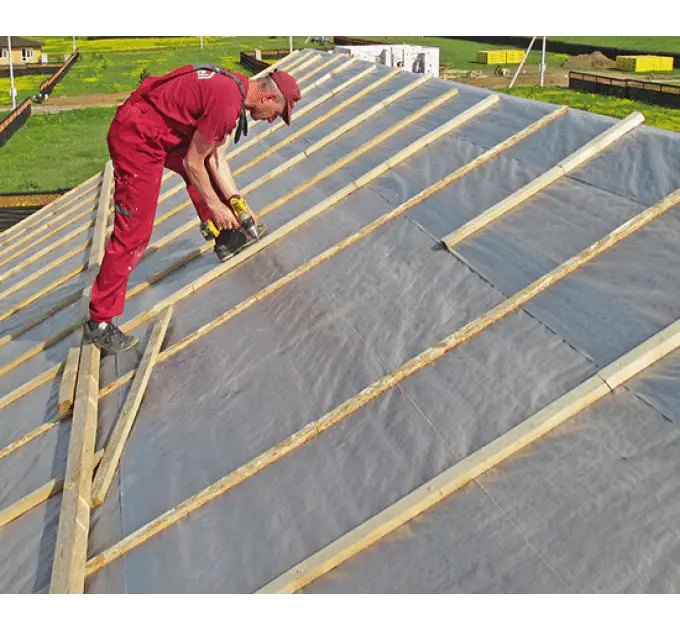
Conclusion
Mastering the technique of cutting 2-inch foam insulation boards opens the door to efficient home insulation and energy savings. Armed with the right tools and methods, you can confidently undertake this DIY task and make a significant impact on your living environment’s comfort and energy usage.
Remember, safety always comes first. Work in a well-ventilated area and use appropriate protective gear to prevent inhaling foam particles. The precision of your cuts directly affects the insulation’s effectiveness, so take your time to ensure accurate measurements and cuts.
Both the “score and snap” method and the “straight cut” method have their merits, so choose the one that aligns best with your project’s requirements and your comfort level. And as you gain experience, you’ll likely refine your technique and achieve even better results.
Whether you’re insulating a basement, an attic, or any other part of your home, the ability to cut 2-inch foam insulation boards proficiently empowers you to tailor your board insulation to your needs. With a well-insulated home, you’re not just reducing energy bills; you’re also contributing to a greener future by minimizing your carbon footprint. So go ahead, take the knowledge and skills from this guide, and embark on a journey to a more energy-efficient and comfortable living space.




